How to grow a cypress in the open field, care for and propagate it
Cypress, planting and caring for which is not too difficult, belongs to the Cypress family and is one of the most popular conifers in landscape design. The genus includes 7 species and hundreds of varieties. Under natural conditions, these conifers can grow up to 70 meters. They are similar to cypress trees, so there is often confusion, but the branches of the cypress tree are not as large and more flattened. The shrub resembles thuja with its pyramidal crown. It began to grow from the end of the 18th century. Today this plant can decorate not only gardens, parks and squares, but also be grown on a windowsill.
Types of cypress
Lawson's cypress, as well as Thuose and Nutkan are native to North America, while Pea, Blunt, Formosan and Mourning are natives of East Asia. Under natural conditions, they look like small shrubs or large trees with a dense crown and small cones. Regardless of their natural habitat, these plants have many common features, including monoecious and small needles.
There are winter-hardy species that tolerate frosts well in central Russia and do not require shelter - this is the North American and Japanese cypress. Nutkan cypress is able to withstand frosts down to -35 ° C. Other types - only up to -30 ° C. The only problem can be dry periods in summer, which they tolerate much worse than cypresses.
The conical crown of these trees consists of long drooping or outstretched shoots. The bark is brown or brown, scaly. The needles can be dark green, yellowish-green or bluish, in young plants the leaves look like needles, and in adults they change to scale-like ones. The cones are small, up to 12 mm thick, the tree can be propagated by seeds in the year of planting.
Cypress varieties
Modern plant varieties bred by breeders differ not only in the shape of the crown and the shade of the needles, but also in the growth rate. For example, the dull cypress of the Nana Gratsilis variety is a small slow-growing bush with needles of a rich green hue, originally from Japan: it is often planted together with the pea cypress of the Boulevard variety, whose leaves are of an unusual color - bluish-silver.
Pea cypress in natural conditions can reach heights of up to 30 meters. The bark of this tree is red-brown, the crown is openwork, conical. The needles are gray in color with a blue tint, small cones - up to 6 mm thick.
The most popular varieties are as follows.
- The cypress "Boulevard" or "Boulevard" is a tree about 5 meters in height with a pin-shaped crown and blue needles with a silvery sheen. At first it grows slowly, but then it accelerates; in a year there can be up to 10 cm of growth. "Boulevard" is not particularly winter-hardy, therefore it is recommended for growing in warm regions.
- The Filifer cypress can also reach 5 meters, the crown is conical, the growth is slow. The needles are grayish.
- Nana cypress is a compact shrub that grows very slowly. The crown is round, small. The needles are blue.
Dull cypress - in natural conditions, a very tall tree, 50 m in height, the trunk can be up to 2 m in diameter. This plant has shiny, dense needles of a yellowish-green color.
We list the popular varieties of blunt cypress.
- "Nana Gratsilis" is a dwarf bush with a rounded crown, which grows only by half a meter in 10 years. The needles are of a very beautiful jade shade.
- "Albopikta" is a miniature shrub up to 2 m tall, with horizontal branches.
- "Sanderi" is a cypress tree with bluish-green needles, which change color for the winter and become purple-violet.
Planting a cypress
Cypress prefers light partial shade, but low-lying areas where cool air stagnates should be avoided. Yellow-green species will require more lighting than plants with blue or green needles. Plants love soil rich in nutrients, loamy and airy. It is necessary to plant a shrub in the spring, preferably in April, when the ground is warmed up enough.
Advice
It is better to dig a planting hole in the fall so that the soil settles. It should be 60 cm wide and about 90 cm deep.
A thick layer of drainage from broken brick, coarse sand or expanded clay is placed on the bottom of the pit - its thickness should be at least 20 cm.Then it is half filled with soil composed of turf, humus, peat and sand in a ratio of 3: 3: 2: 1. When planting several bushes, the distance between them should be at least 1 m, because the roots of the cypress grow horizontally, they will need a lot of space.
Cypress care
For the successful cultivation of cypress, first of all, you will need regular watering - at least once a week. One plant usually needs about 10 liters of water, but if the weather is hot and dry, the amount and frequency of watering is increased, since these plants do not tolerate dry conditions very well. Trees should be sprayed frequently, especially when young. For adult specimens, once a week is enough, but the seedlings need daily moisture.
To retain moisture in the soil, mulch it with peat chips or wood chips. At the same time, watering is reduced and make sure that the soil does not dry out much. If there is no possibility or desire to mulch the soil, you will have to regularly get rid of weeds and loosen the soil strongly.
After planting, the first top dressing is applied no earlier than 2 months later - take half the dose recommended for an adult plant. Fertilizer can be used specialized for conifers. Dry mixtures are scattered around the cypress tree and buried in the ground. Top dressing continues until mid-summer, after which the plants begin to prepare for the dormant period.
Even winter-hardy plant species require shelter in the first 4 years of life, no longer from the cold, but from the bright sun. Cypress trees are wrapped in burlap or other covering material. In the 3rd and 4th climatic zones, these plants are not left in the open ground, but are grown as tubs, being removed indoors for the winter. In warm climates, they hibernate without shelter.
Transplanting and pruning cypress
Spring is best suited for transplanting cypress. It is produced in the same way as planting a seedling. The only thing to consider is that the root system of this plant is horizontal, so you need to dig it out carefully. Shrub maintenance includes regular pruning and shaping.
In the first months of spring, shoots that are frozen in winter and dry branches are removed, giving the shrub the desired shape. Usually it is made close to natural - round, conical or pin-shaped. You can shorten the shoots by no more than a third of the length at a time. Re-pruning can be done in the fall by cutting off fresh growth again. Bare branches are removed because they dry up over the winter anyway. Pruning is carried out one year after transplanting the seedling to a permanent place.
Cypress pests and diseases
These plants are quite resistant to various diseases and pests, but sometimes they are damaged by spider mites and scale insects - while cypress trees begin to lose leaves. You can fight pests with the help of special preparations, treating bushes with them.
The shrub can succumb to such fungal diseases as root rot. It arises from excessive watering and stagnation of moisture in the roots.This is a very dangerous disease that can cause plant death. To warn him, a thick layer of drainage must be placed on the bottom of the planting pit. The affected plant is dug up, the rotten roots are removed and sprinkled with crushed coal. Then the root system is soaked in fungicide and transplanted to another place that is better suited for this ephedra.
Cypress propagation
Plants can be propagated both by seeds and by cuttings or layering. Cypress seeds do not lose their germination for a very long time - about 15 years, so there is no need to worry about the freshness of the seed. For seeds, take a light soil - you can sow directly into the soil on the site, or you can use drawers and grow seedlings at home. Then the seeds will need stratification in a cold room or in the vegetable compartment of the refrigerator.
Planting in open ground is done in the fall. You can take the boxes with crops outside and dig them into the snow, and in the spring bring them indoors and warm them up. At a temperature of +23 ºC, the seeds begin to germinate quickly, after which they are transferred to a bright place, protected from direct sun. Seedling care consists in regular moderate watering and picking (if necessary). Then they are gradually tempered, planted in the ground and left to winter with shelter.
Important!
During seed propagation, varietal characteristics are not preserved.
For cuttings, shoots are cut to 15 cm and planted in pots with a loose substrate for a greenhouse. Rooting takes about 2 months. Then the cuttings are planted in the ground and covered with a plastic bottle without a neck. If the seedlings develop well, it is not necessary to build a shelter for the winter for them.
So, cypress trees are beautiful coniferous trees, common not only as garden, but also as indoor plants. There are several species that differ in crown color, size and growth rate. The place for planting a cypress should be shaded, a thick drainage is placed on the bottom of the planting pit.
Cypress care consists of abundant watering, fertilizing and spraying. For the winter, the plants are covered, when grown in cold climates, they are brought into the room. These conifers reproduce by seeds and vegetatively. During seed propagation, varietal traits are not transmitted, therefore propagation by cuttings and layering is popular.
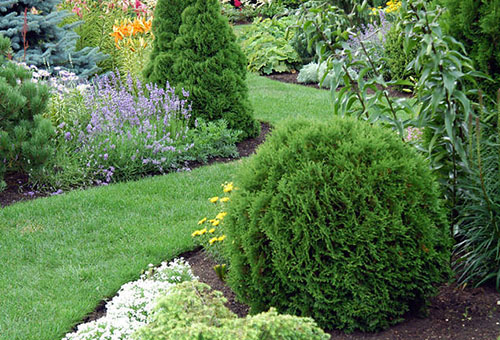
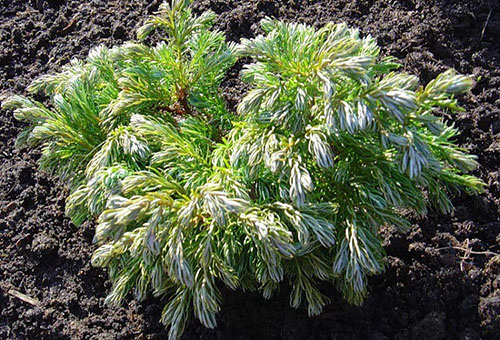

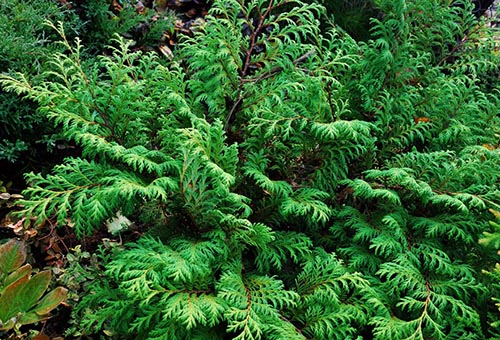
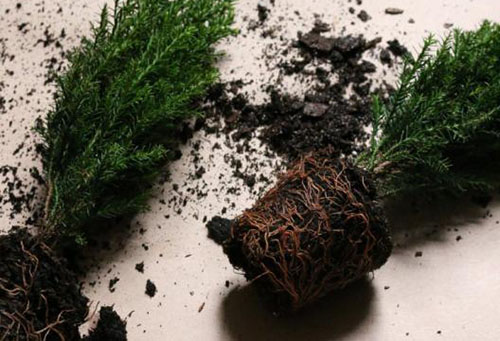

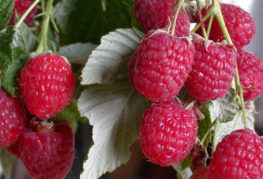
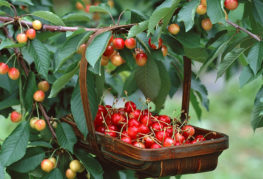
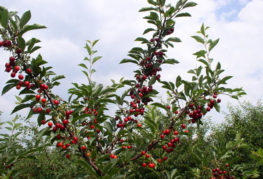
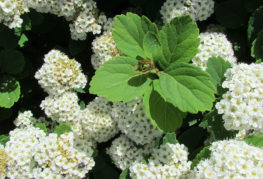
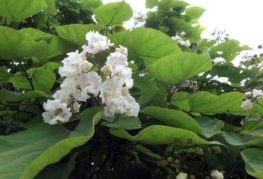
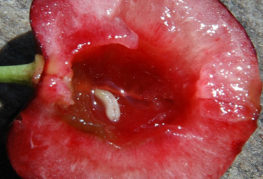
and will be published shortly.